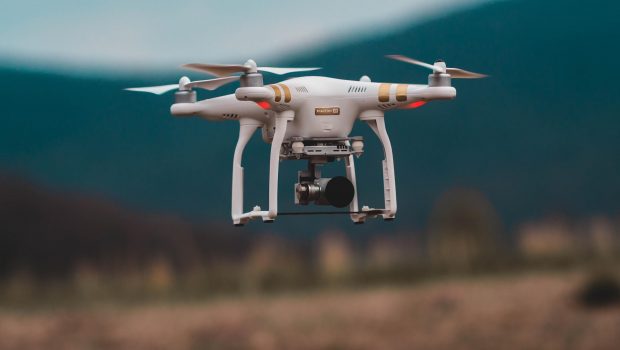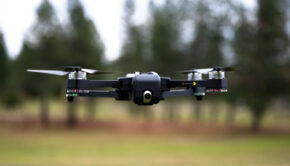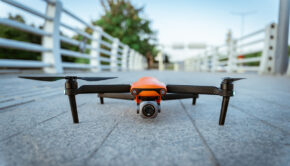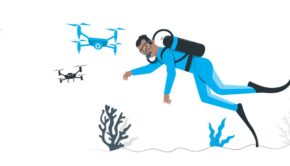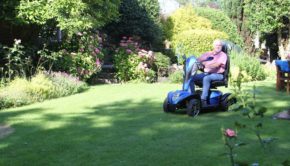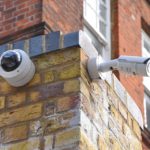Why Drones Are Making the Lives of Filmmakers Easier
You’ve probably seen drone footage in one form or another, perhaps on YouTube or from a friend’s amateur shots. You have likely seen it in a film and not even noticed. Perhaps you’ve even seen a drone flying around outdoors or operated one yourself.
Drones are changing the world one industry at a time. From e-commerce and agriculture to the military and film production, drones are adding even more convenience and opportunity to our lives.
Many modern filmmakers enjoy utilizing drone cinematography because it makes their job as director easier. Because it’s cheaper to buy a drone than to rent a helicopter, filmmakers are no longer as constrained by budgets as they once were.
From capturing previously unattainable shots to being pros at aerial and crane shots, drones are changing the face of modern filmmaking. So how did drones find their way onto film crews? What have they changed about filmmaking? How are they used in other industries?
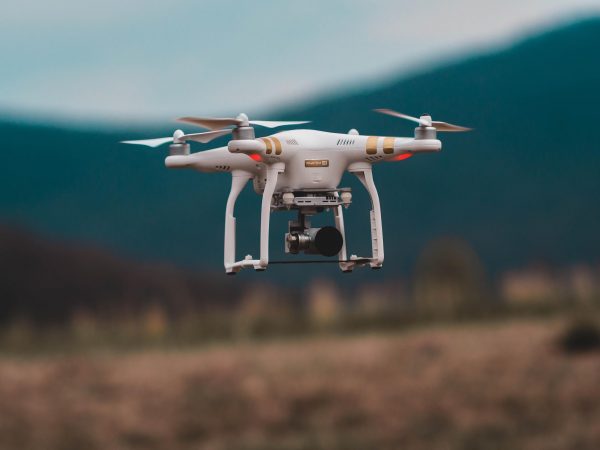
Image Source: Unsplash
The Rise of Drones In Different Industries
These days, you can get nearly anything you need without ever setting foot inside a brick-and-mortar retail store. Companies like Amazon in the e-commerce industry have changed the face of how we shop, and with the help of drones, Amazon is also changing the way our goods are delivered.
“Many of the most high-profile experiments with e-commerce fulfillment automation involve Amazon’s work on self-driving delivery trucks and autonomous delivery drones,” writes Alex Ullrich in an article about the trend of automation in e-commerce. “These autonomous vehicles and drones will be dispatched from warehouses to drop items directly to people’s doorsteps.”
There’s no shortage of creative ways to utilize the special capabilities of drones to streamline production and workflow. Drones are used in the real estate industry to capture aerial photos of properties, in the agricultural sector to monitor crop growth, and in the military for surveillance and reconnaissance.
It’s clear that drones are being used extensively in other industries and beginning to have a larger role in our society. The filmmaking industry is no exception.
Pre-Drone Filmmaking
Before drones rose to the relative fame they enjoy now, certain limitations applied to filmmaking that are now obsolete thanks to the presence of drones. Things like safety and budgets can look a bit different in the world of filmmaking today because of drones.
In a pre-drone world, filmmakers would often have to have huge amounts of expensive equipment like helicopters and cranes and enough experienced crew members to operate them in order to capture difficult shots.
The pre-drone filmmaking world was also constrained by the limits of human beings. Some shots were just too dangerous and safety of the crew meant that certain shots just weren’t going to be captured. However, drones can go where humans can’t. This alone is perhaps the biggest difference between pre-drone filmmaking and modern filmmaking today.
Drones In Modern Film Production
Drones have done quite a lot to change modern film production, from improving accessibility to safety to creativity. They have expanded possibilities for amateur and professional filmmakers alike, and in turn for audiences.
Drones have helped make unattainable shots capturable because they can go places people can’t. Drones have made it so directors and their crew can film from very big heights, without risking the life or safety or anyone present.
This benefit also extends to capturing shots that are too dangerous for humans to even attempt, like getting footage of an erupting volcano, for example. Drones have increased the variety of footage that’s possible to capture by being nimble and maneuverable.
Drones also have the ability to give the viewer a perfect picture of a film’s location at a much lower cost. Many filmmakers go to some of the world’s greatest destinations to shoot their movie in order to get the best drone photography. The only way places like New Zealand and Thailand could look better than they do through drone photography is if you were seeing them with your own eyes.
What’s even better is that drones are relatively easy to operate if you have a little bit of experience with a joystick or a remote control, making them accessible for early-career filmmakers who want to get into filmmaking but perhaps lack the budget necessary to buy high-end equipment. Better yet, stabilizers on the drones make even inexperienced pilots’ shots look smooth and professional.
Drones allow filmmakers to shoot more footage with less human labor required, access shots they otherwise wouldn’t be able to access, and keep safety a priority at all times. They have opened up the world of what is possible to see, capture, and experience, and are enhancing the movie-watching experience for everyone.

